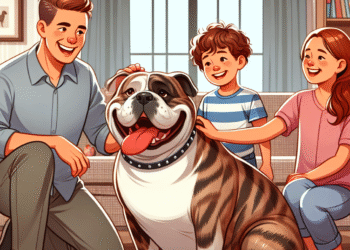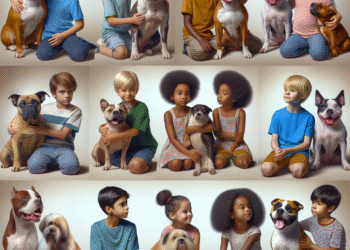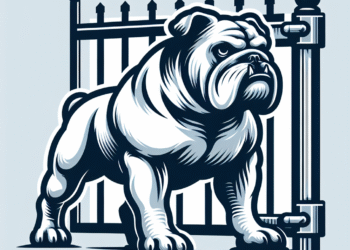Bully breeds have long been shrouded in controversy and misunderstanding. Often depicted as aggressive or dangerous dogs, these breeds face a barrage of misconceptions that can lead to stigma, fear, and even discriminatory legislation. In this article, we’ll unpack the top five misconceptions about bully breeds and shine a light on the truth behind these misunderstood dogs.
1. Bully Breeds Are Inherently Aggressive
One of the most pervasive myths is that all bully breeds are naturally aggressive. This stereotype stems from media portrayals and isolated incidents that receive undue attention. In reality, aggression is not breed-specific; rather, it is influenced by individual temperament, upbringing, and the environment. According to numerous studies, poorly socialized or abused dogs—regardless of breed—are more likely to display aggressive behavior.
Truth: With proper training, socialization, and care, bully breeds can be gentle, loving, and well-mannered companions. Many are known for their affectionate nature and loyalty toward families.
2. Bully Breeds Are Dangerous to Humans
Linked closely to the first misconception is the belief that bully breeds pose a significant danger to humans. Statistics often cited in support of this claim fail to consider important factors: the breed of dog involved, the circumstances of the incident, and the behavior of the humans present. In fact, the American Veterinary Medical Association emphasizes that dogs of any breed can be aggressive, particularly if they are frightened, threatened, or poorly trained.
Truth: Many bully breeds are known to be good with children and make excellent family pets. With responsible ownership, the idea that these breeds are inherently dangerous is greatly exaggerated.
3. All Bully Breeds Are the Same
Another misconception is that all bully breeds are essentially the same. While many share physical traits, there is a wide diversity among breeds commonly labeled as "bully breeds," which include the American Pit Bull Terrier, American Staffordshire Terrier, and Bull Terrier, among others. Each breed has unique characteristics, temperaments, and care requirements.
Truth: Understanding the individual breed and its tendencies is crucial for responsible ownership. Researching specific bully breeds can provide a better idea of what to expect in terms of behavior and care.
4. Bully Breeds Are Not Good with Other Pets
Many people believe bully breeds cannot coexist peacefully with other pets, especially smaller animals. This misconception can arise from a lack of proper introductions or socialization. Just as with any breed, a bully breed’s behavior toward other animals depends on its individual personality and training history.
Truth: Many bully breeds can be social and friendly with other pets, especially if they are introduced correctly and raised alongside them. Early socialization and training play a key role in fostering a harmonious environment.
5. Bully Breeds Are Not Suitable for Families
Another common misconception is that bully breeds do not make suitable family pets, particularly for families with young children. The truth is that many bully breeds thrive in family settings and develop strong bonds with children. Their playful nature and loyalty make them wonderful companions for families.
Truth: Like all dogs, bully breeds require proper training, supervision, and socialization to ensure they are well-adjusted family members. When treated with love and respect, they are often incredibly affectionate and protective around children.
Conclusion
Bully breeds often find themselves at the center of negative stereotypes and misconceptions that can result in unjust treatment. By fostering understanding and compassion toward these breeds, we can help dispel the myths that contribute to their stigma. Responsible ownership, proper training, and education about individual breeds are essential to creating a positive narrative around bully breeds, allowing them the chance to shine as loving and devoted companions.














